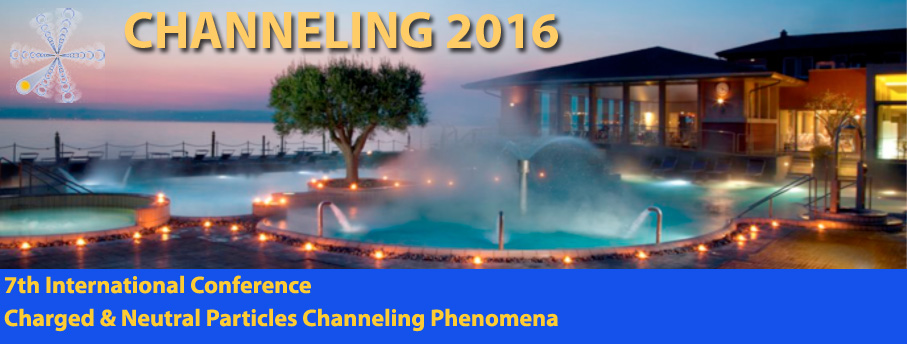Speaker
Prof.
Akbarali Rasulov
(Ferghana Politehnical Institute)
Description
Nanoclusters on surfaces are interesting for a wide range of chemical, magnetic, electronic and optical properties. Bimetallic particles can be produced displaying either core-shell structures or forming alloys with, eventually, a segregated surface. The possibilities of synthesis outside equilibrium conditions widely increase the range of possible cluster composition and structure. Such particles can be modelled at the atomic scale allowing detailed comparison with experiment. Such studies are facilitated either by depositing the clusters on surface or embedding them into a matrix. Deposited and embedded particles can be modelled on their turn, at the atomic scale. By accumulating them, it is possible to synthesised nanostructured layers with specific properties. Cluster assembled films are formed by deposition on a surface and such films could be modelled as well. Specifically, clusters on surfaces can be obtained by atomic deposition followed by thermal diffusion. This method applies for atomic species forming islands rather then wetting the surface. Such a method was used, for instance, to produce cobalt clusters on a silver surface. These clusters precipitate preferentially on pre-existing defects, or the atoms form defects at landing, themselves acting as sinks for cluster growth. It is well known from both experiment and modelling that clusters slowing down at supersonic velocities do not fragment upon impact. In particular, the question to know to which extent clusters retain their original characteristics needs an answer when the clusters are considered as possible building blocks for transferring their specific properties to the macroscopic scale. The final system is characterised by a limited penetration of the cluster into the substrate.
For study of characteristics of low energy cluster beam deposition (LECBD) processes one of best methods is the computer simulation using Molecular Dynamics. However, in this case the calculation time is dramatically increased with increasing the number of atoms in the studied system. The parallelization of algorithm for simulation of LECBD characteristics results in considerable decreasing the calculation time. The parallelization strategy adopted is a multidimensional domain decomposition of the simulation box using a link cell method and a Verlet list method for each sub-domain independently. The program paradigm is based on explicit massage passing, and the standard Massage-Passing Interface (MPI) was chosen in order to achieve portability.
Primary author
Prof.
Akbarali Rasulov
(Ferghana Politehnical Institute)

